Traumatic carbine Keserű Rubber Rain (Hungary)
Hungary has a rather strict legislation in the field of civilian weapons. In accordance with it, a citizen can purchase firearms with a short or long barrel only for hunting, playing sports or for the purpose of replenishing the collection. The acquisition and use of weapons for self-defense is not provided. However, such restrictions apply only to "full-fledged" systems. For self-defense it is allowed to use gas weapons and “traumatic” samples shooting with a rubber bullet.
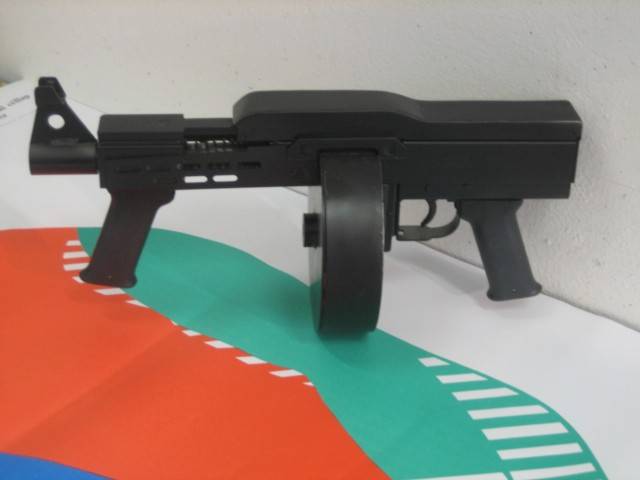
Carabiner Keserű Rubber Rain with magazine on 24 cartridge. Photo Casatic.livejournal.com
In recent decades, the Hungarian public has shown a fairly large interest in self-defense firearms, which has led to the formation of steady demand and the subsequent emergence of a corresponding supply. To date, a number of companies have created a large number of civilian self-defense weapons that have certain features. One of the developers of such systems was the Budapest company Keserű Művek.
In the second half of the last decade, the company Keseru Myuvek, which by that time presented several samples of hunting and traumatic weapons, began developing a new means of self-defense. Using some already known ideas and solutions, she planned to present a promising carbine with sufficient characteristics, providing the convenience of self-defense and complying with legal requirements.
The designers of the company planned to offer customers smooth-bore guns of the revolving scheme. Such weapons were supposed to use special ammunition with reduced characteristics that comply with the laws. Soon, the general appearance of a promising carbine with similar opportunities was formed, which was to enter the market and find its buyer. Looking ahead, it should be noted that the proposed concept, in general, has justified itself. The first version of the self-defense weapon was selling well, which led to the emergence of a number of new projects that developed existing ideas.
The first sample of the weapon line was called Keserű Rubber Rain - "Rubber rain". As the name implies, this sample allowed the defender to literally water the attacking criminal with rubber bullets. Later developments on the basis of "Rubber rain" received other names.
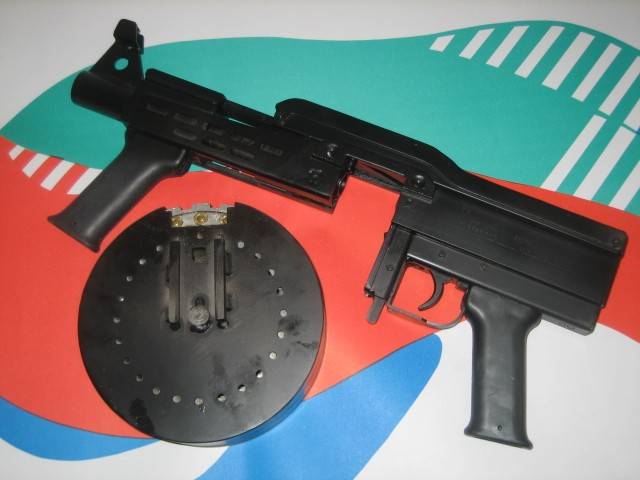
Weapons with the removed shop. Photo Casatic.livejournal.com
Rubber Rain had a specific architecture and unusual possibilities, which prevents its proper classification. It was executed in the form factor of a shortened shotgun / carbine with a manual reload, however, the interchangeable stores were intended for the use of a rubber bullet with a single revolver cartridge. Thus, "Rubber rain" and its derivatives can be called, for example, traumatic carbines.
The Keserű Művek project involved the use of original ammunition that complied with legal requirements. Instead of a unitary cartridge, a combination of a rubber bullet and a standard blank cartridge should be used. The task of defeating the goal was assigned to a rubber spherical bullet. Initially it was stated that the bullet has a diameter of 18 mm, but later it was designated as 19,3-millimeter. Interestingly, the rubber sphere has not changed at all. For throwing a bullet, it was proposed to use an idle revolver cartridge with a caliber 9 mm. The sleeve and the bullet were to be placed in different cavities in the chambers of the store.
The Rubber Rain carabiner was notable for its unusual, but rather simple design. In fact, it was a regular version of the gun with a sliding forearm, complemented by a drum shop. For more convenience, the shooter, instead of a simple forearm, characteristic of the "pump" weapons, used a movable front handle.
The main part of the "Rubber rain", which contains all other components and assemblies, was a large receiver of a special form. The box was proposed to be produced by stamping from a metal sheet. From above, it was also closed with a stamped lid. Due to the special design of ammunition supplies, it was necessary to develop an unusual box shape with a set of large cuts and fixtures for the necessary parts. At the same time, it was possible to significantly simplify the design of the weapon.
The front of the receiver was a pair of side plates with perforations, forming a barrel casing. The front part of these plates reached the level of the modular device. The back of the casing was made at the same time with the rising element of the receiver, forming an opening for the installation of the store. The back of the box was made in the form of a rectangular casing and contained the details of the trigger mechanism.
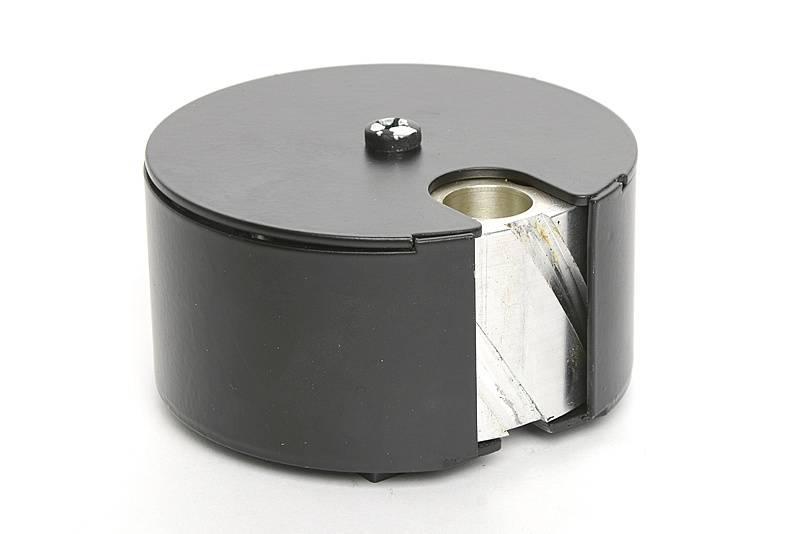
Shop on 10 ammo. Visible slot, responsible for the rotation of the drum. Photo by Keser.hu
Under the protection of the side plates of the casing was a smooth barrel caliber 19,5 mm, which had an average length. At the muzzle of the trunk there was a large block, made integral with the front sight. He also served as a stopper handle recharge. Directly on the trunk during assembly should have been put on the reload handle. Behind her on the trunk was a return spring, with the help of which the handle was transferred to the forward position, and completing the recharge cycle.
The upper part of the handle was made in the form of a rectangular block with a longitudinal round channel. On top of it there were attachments for mounting a wide longitudinal thrust. The latter was placed above the breech breech and entered the hole under the cover of the receiver. The rear end of the thrust with a set of protrusions and teeth interacted with the internal devices of the receiver.
The back of the receiver accommodates the trigger mechanism. The traumatic Keserű Rubber Rain carbine received the simplest trigger type with cocking using the longitudinal thrust connected to the reloading handle. Fire control was carried out using a standard trigger. It also provided for the use of an automatic fuse, the flag of which was brought on board the box.
The project involved the use of detachable drum shops on 10 and 24 shots. A store of new design received a cylindrical body of sufficient size, at the top of which there was a cutout for access to the chambers. On the front and rear walls there was a curved plate for mounting the magazine on the weapon. The plate moved upwards from bottom to top on the appropriate T-shaped weapon guide. In its place, the store was fixed with a simple latch placed on the bottom of the vertical guide.
Inside the cylindrical body of the store was placed a drum with ammunition chambers. It was a metal disk of sufficient size, with holes of different diameters made near the edge of it. Channels of smaller diameter were placed on the rear surface of the drum, which contained sleeves with a propelling charge. In front, there were larger chambers to accommodate spherical rubber bullets. After the shot, the sleeve remained in its place. With a new store equipment, it should have been manually removed.
The store did not have built-in means of turning the drum. It was proposed to carry the camore to the barrel with the help of the aggregates of the carbine itself. Longitudinal traction associated with the front handle, passed directly above the receiver of the store, and in its lower surface there was a pin. On the side cylindrical surface of the store there were curved slots. Moving back, the thrust pin interacted with the grooves of the drum and caused it to rotate around its axis.
Traumatic carbine Keserű Rubber Rain differed specific ergonomics. Hold it offered for two handles of similar design. Next to the fixed rear there was a trigger with a protective brace, while the front one moved and was responsible for preparing for a new shot. Butt or shoulder support project was not provided. Thus, the regular method of firing was shooting offhand. The fire from the shoulder was not excluded, but it was a non-trivial task.
Weapons differed simplified sights. On the rack above the muzzle of the trunk was placed unregulated front sight. There was no target. However, this was enough for weapons with limited fire characteristics.
"Rubber rain" was quite compact, although not distinguished by low weight. The length of the product slightly exceeded 500-550 mm, weight - about 4 kg. The muzzle energy of a “composite” ammunition based on a blank cartridge and a rubber bullet reached 100 J. Such energy indicators limited the effective range of fire to several meters. Further, the light bullet was braked by air resistance, losing energy dramatically.
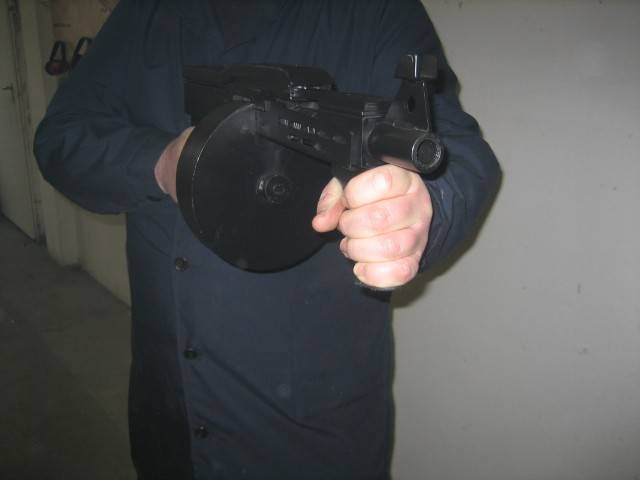
"Rubber rain" in the hands of the arrow. Photo Casatic.livejournal.com
The Rubber Rain project involved the use of manual recharge without using any automatic means. A special feature of the carbine was the relatively low effort on the reloading handle, which allowed an experienced shooter to show good results. A trained shooter could do about one shot per second. Due to this, the weapon justified its name and really could cover the criminal with a rain of high-speed rubber balls.
Keserű Művek introduced its new traumatic carbine at the end of the last decade. This weapon went into retail and was sold according to the general rules applicable to self-defense systems. No special restrictions were imposed. For the Rubber Rain series product, around 80 thousand HUF was asked - about 250 euros at current prices.
The specialized self-defense carbine from “Keseru Myuvek”, belonging to a special class of weapons, had both strengths and weaknesses. The undoubted advantages were the possibility of relatively long shooting without replacing the store, high muzzle energy, simplicity of design and low cost. However, it was necessary to pay for this with large dimensions and inconvenience of transportation, as well as with the difficulty of aimed shooting. At the same time, the limited characteristics of the range and accuracy of fire did not look something unusual against the background of another traumatic weapon.
In the recent past, the niche of carbines shooting a spherical rubber bullet on the Hungarian market remained virtually unoccupied. Keserű Művek company, having released its new “Rubber rain”, could count on some success. Indeed, this weapon interested people who wanted to ensure their security, and quickly was able to take their market share. The company-developer constantly received orders for new lots of carbines and soon shipped products to stores. According to various sources, for several years of production, the account of serial carbines went into thousands.
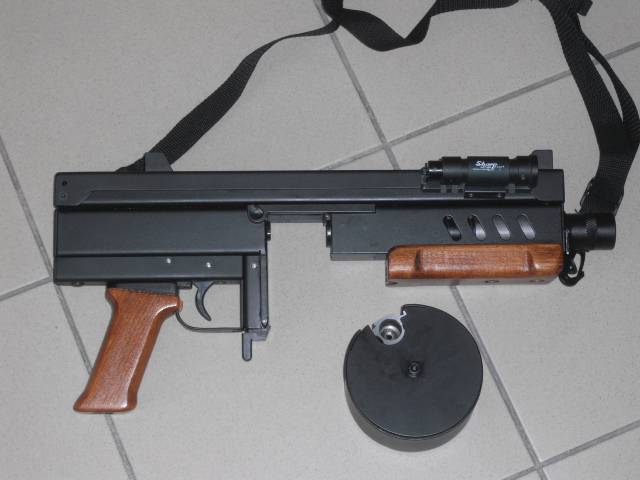
Carabiner Keserű Home Defender. Photo of Kickgunner.blog.hu
Perhaps the number of manufactured Keserű Rubber Rain could be more, but a few years ago, the manufacturer decided to remove the carbine from the series. The remains of the warehouses were distributed among large customers, and soon the latest serial products were completely sold out. The reason for the cessation of production was simple: the company created a new model of self-defense weapon, which had several advantages over its predecessor.
After reviewing the results of its own inspections and taking into account the feedback from the operators, Keserű Művek redesigned the Rubber Rain design. The weapon received some new details, and part of the existing units was changed. As a result, the following model retained the functionality and characteristics of the base system, but received certain advantages in the context of operation. An upgraded version of the Rubber Rain carbine hit the market called Home Defender.
Most of the proposed innovations could justify themselves. Traumatic carbine Keserű Home Defender also went into the series and confirmed its commercial potential. In addition, it soon became clear that such weapons could be refined and improved again. Over the past few years, designers from Keseru Myuvek have developed and offered customers several new options for self-defense weapons. New weapons made more effective or convenient. In addition, one of the projects provided for "cosmetic" changes. So, the Keserű HDM product was made similar to the AMD-65 submachine gun of the Hungarian army.
Legislation often places special demands on civilian weapons. Not wanting to lose customers, weapons companies sometimes develop systems of unusual appearance with special characteristics that meet the existing restrictions. By creating a new sample of civilian self-defense weapons, the Hungarian company Keserű Művek was able to develop a curious design with a certain modernization potential. The result of its further development was the emergence of a whole family of carbines and considerable profits.
On the materials of the sites:
http://keseru.hu/
https://all4shooters.com/
https://casatic.livejournal.com/
http://kickgunner.blog.hu/
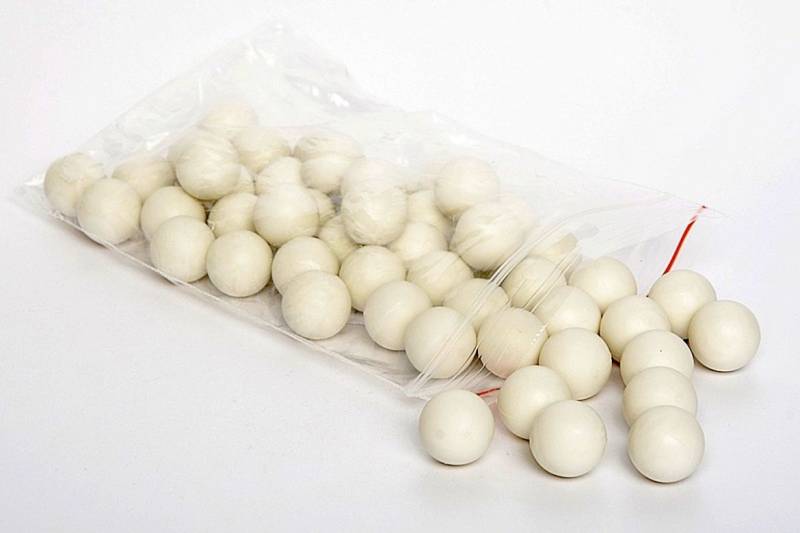
Information